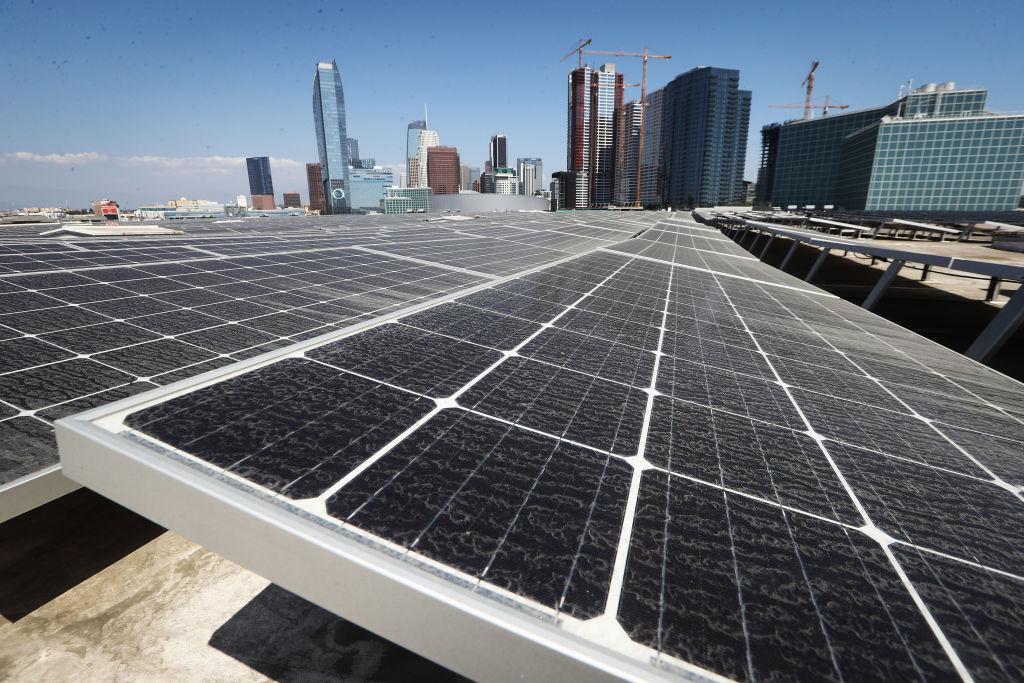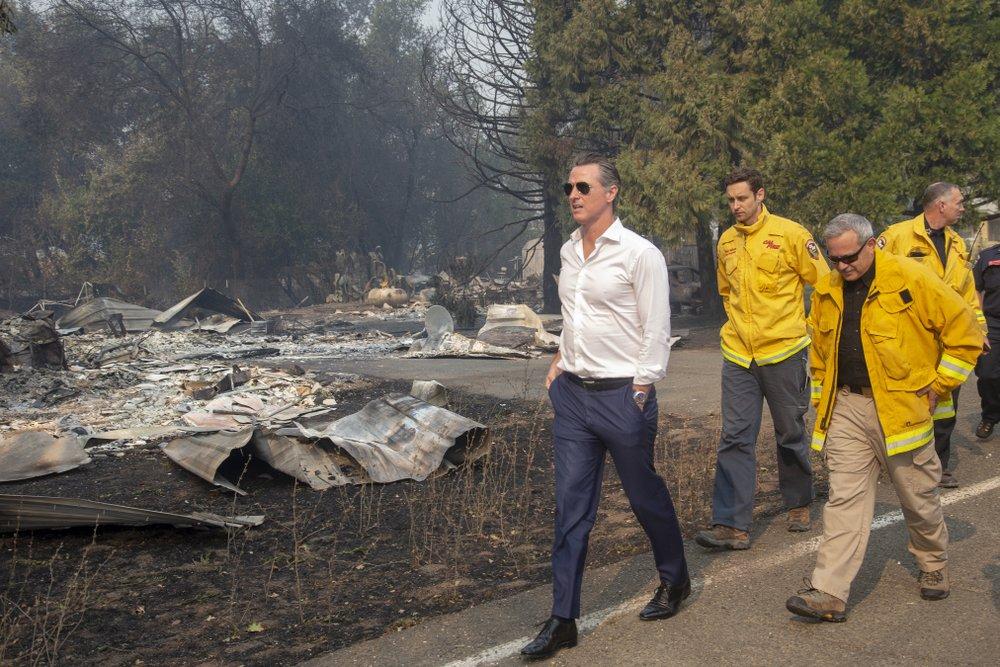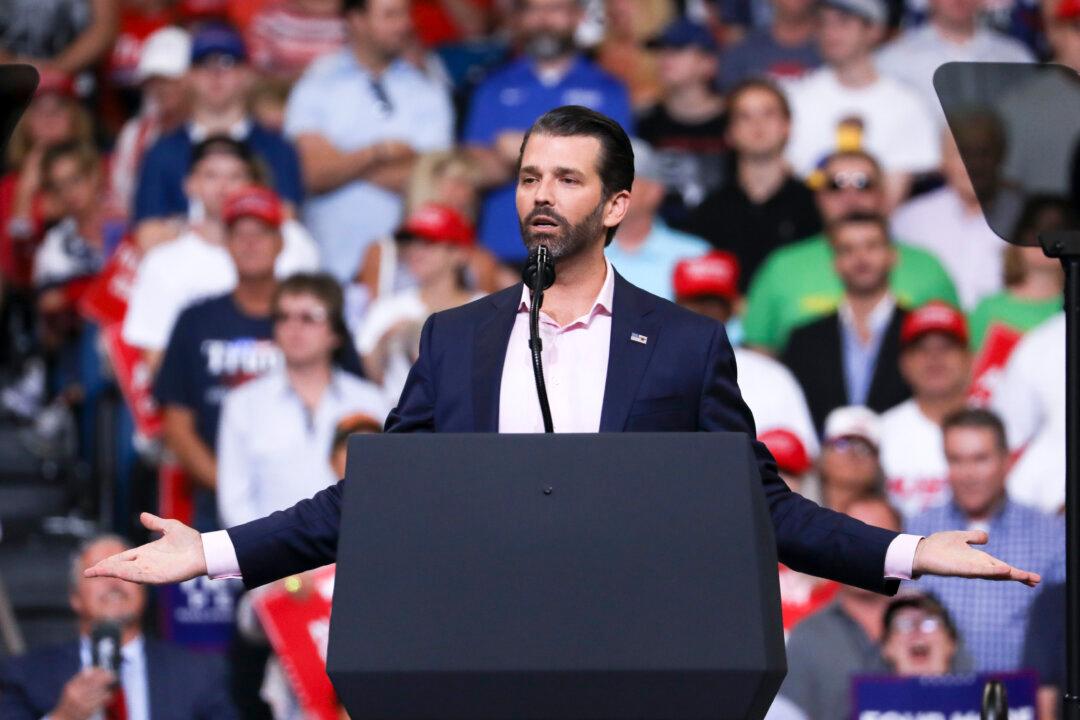U.S. Energy Secretary Dan Brouillette recently criticized the State of California’s rush toward 100 percent renewable energy, and outlined a simple plan for ensuring a reliable electricity supply for Californian consumers.
Brouillette made the comments in an op-ed article in the Orange County Register. “Already paying some of the highest electricity rates in the country and now undergoing energy reduction mandates and rolling blackouts, California residents are rightly asking: Is this what our state leaders had in mind when they touted their 100 percent renewable energy plan?” he asked.





